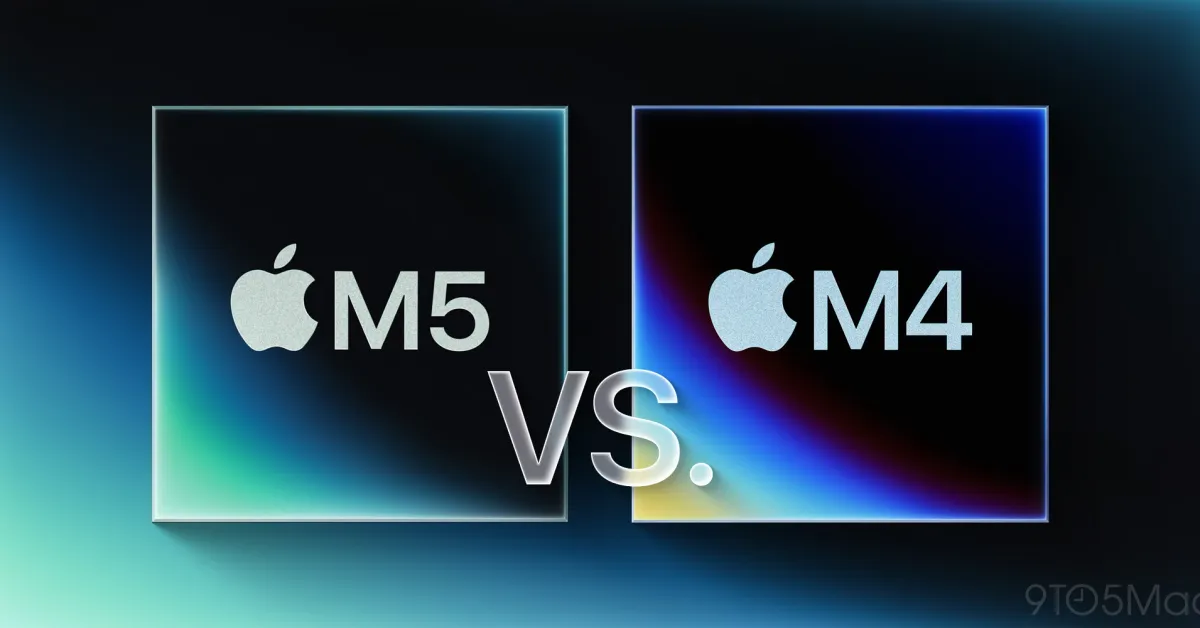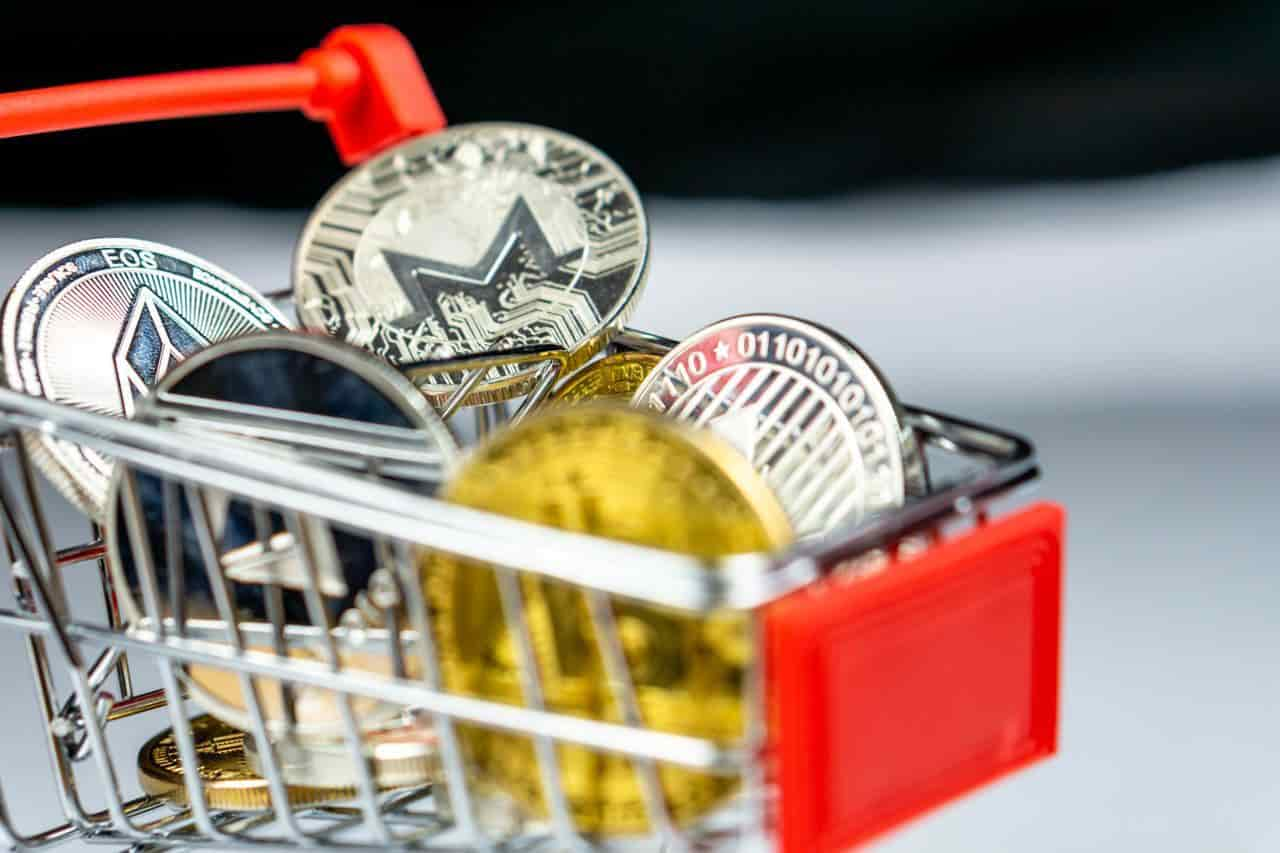Copyright laweekly

The back-to-school season has wrapped, and that means that retailers are gearing up for holiday shopping and likely looking for spending that boosts bottom lines. Consumers, however, look lukewarm on holiday spending in 2025. According to PwC’s Holiday Outlook survey, shoppers plan to spend 5% less on average than last year. We’ll dig into the PwC findings to discover who might be spending less, when consumers plan to spend, why value matters, and the consumer coping strategies that can help reduce the burden on holiday budgets. Who’s Spending More, Who’s Spending Less, and Who’s Checking Shopping Lists Twice? Gen Zers are reducing holiday budgets more than older shoppers by about 23% on average. Millennials, Gen Xers and baby boomers said they planned to maintain 2024 holiday spending rates or increase spending in 2025, which means Gen Z is the one rocking the holiday spending boat. However, the PwC data indicates that older generations aren’t super convinced spending is the right move overall. Around 84% of participants said they planned to cut back on spending over the next 6 months. It’s worth noting that it’s possible some respondents are cutting back in other areas to support normalcy and comfort around holiday spending. This year, the traditional spending stretch—Black Friday through Cyber Monday—lands at the very end of November, rolling right into December. While that timing cuts it close to Christmas, it’s still expected to be a peak shopping window with strong sales activity. According to PwC, nearly 40% of holiday gift budgets will be spent during those few days alone, and by the close of Cyber Monday, consumers are likely to have used up as much as 80% of their holiday gift funds.. Consumer Coping Strategies for Holiday Budgeting Holiday shoppers, and particularly younger people, are tightening budgets without giving up on traditions. Almost 80% of consumers say they’re looking at more budget-friendly gifts this year. PwC’s Ali Furman put it bluntly: “Price is Gen Z’s love language. They’re laser-focused on value and cost transparency”. The top consumer strategies for a stress-free holiday budget include: Shop earlyCompare prices across retailersUse reward and deal appsLeverage payment flexibility 1. Shopping early Many consumers spread their holiday spending across September through December to avoid last-minute budget spikes. Industry surveys show the trend toward early shopping is accelerating—Sezzle, a buy now, pay later platform, found that nearly 60% of users have already begun their holiday shopping. Shoppers are also motivated by external factors, such as concerns over potential tariffs driving up prices, which have led some to get ahead of the rush. While tariff-conscious consumers may end up spending less overall, starting early gives them more control, more flexibility to budget, and more opportunities to secure deals. 2. Compare prices across retailers Shoppers in 2025 are likely to compare prices in local stores and with e-retailers. Many will use apps and other technology to check prices and ensure they aren’t paying more than they have to. Tools like Google’s Shopping tab and Sezzle’s price comparison tool were designed to encourage greater financial literacy and help shoppers to find the best deals while they browse and before checkout. 3. Use reward and deal apps Rewards and deal apps make it easy to find and consolidate coupons, cashback, loyalty points and other promotions for maximum savings. Gen Z, millennials and savvy older shoppers use at least one app to get benefits like: Automatic application of discountsAccess to holiday promotions in a single locationCashback on purchases Once again, the BNPLs are ahead of the trends here. Several are actively developing smart features that make browsing easier. PayPal’s Honey Coupon Finder helps find the best deals prior to checkout and Sezzle’s Earn Tab empowers its users to complete activities and offers to earn Sezzle Spend. 4. Leverage payment flexibility Payment flexibility can help consumers avoid common December budget crunches, when gift spending, regular bills and holiday food and travel budgets can snowball. However, most consumers want to avoid putting everything on credit cards, as they’re aware that interest charges start adding up in the new year. BNPL providers such as Affirm, Klarna, and Sezzle offer one alternative that supports payment flexibility without huge penalties for spreading out holiday spending. These flexible payments also allow consumers to break up payments over several weeks without paying for the privilege, helping them fit holiday gift-giving into established monthly budgets.



